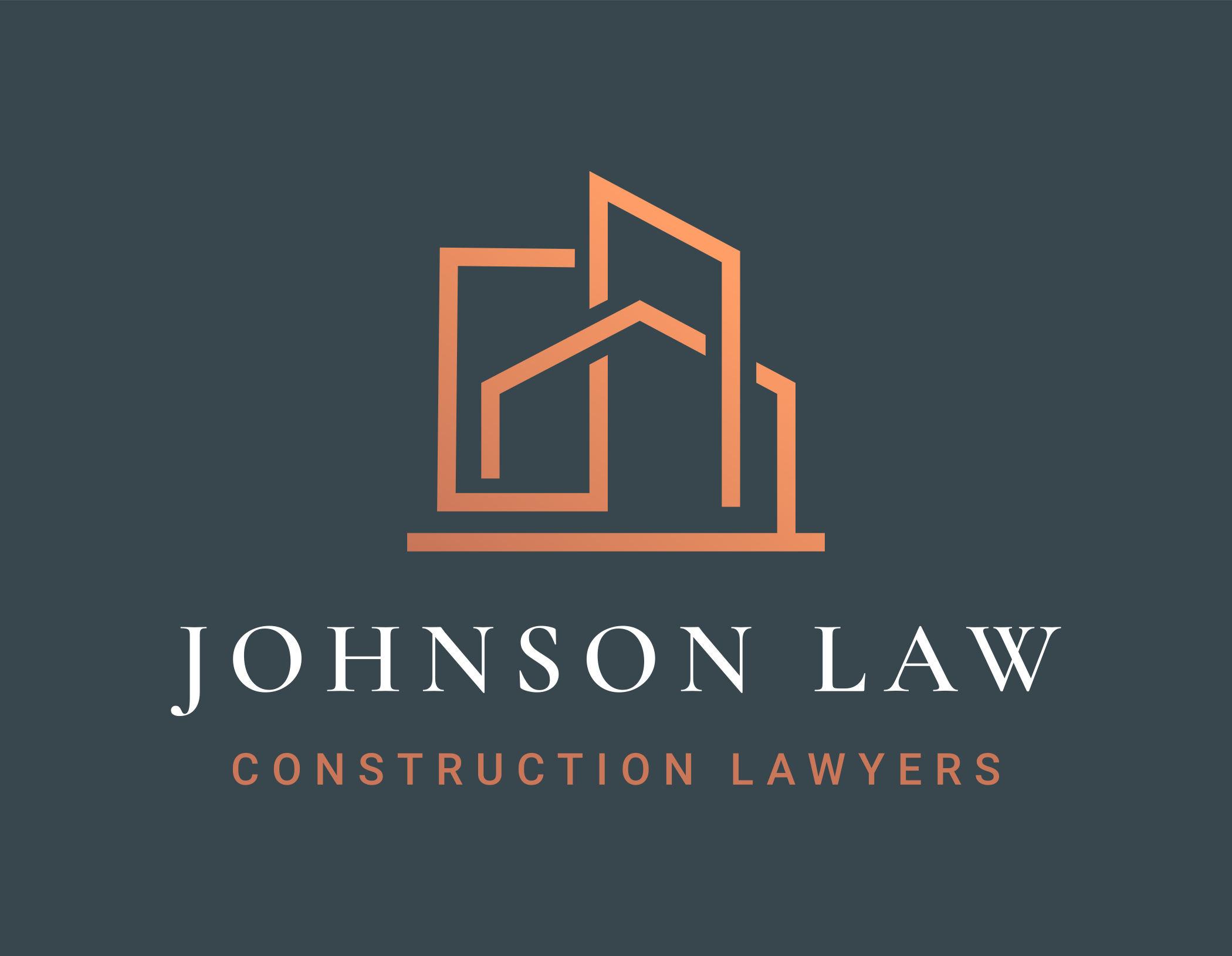Every homeowner whose home was built defectively understands the damage caused by negligent construction goes beyond repair costs or a drop in the home’s value. Defects harm a homeowner and their family in other ways. A homeowner may be unable to use of portions of the home, may be exposed to unsafe conditions, or may be affected by annoyance or inconvenience. In recognition of these harms, Colorado law allows recovery for these damages in addition to damages more directly related to the defective construction.
The Colorado Construction Defect Action Reform Act (“CDARA”) largely defines the damages a homeowner may recover. (The contract between the homeowner and builder may provide for additional recoveries, such as an award of attorney fees.) The primary category of damages relates to the damaged home itself or the corresponding loss in home value.
The relevant statute – C.R.S. § 13-20-802.5(2) – defines “actual damages” as the lesser of (1) the fair market value of the real property without the alleged defects, (2) the replacement cost of the real property, or (3) the reasonable cost to repair the alleged construction defects. In most cases, the cost of repair is the appropriate measure of damages and the homeowner retains an experienced contractor to prepare an estimate to quantify the cost of repair.
In addition to these property-related damages, a homeowner is entitled to recover for disruptions to the homeowner’s use of their home, as well as the emotional reactions attributable to the builder’s conduct. This is not a comprehensive list but identifies those areas of non-construction damages homeowners most often inquire about.
- Relocation Costs:
If a homeowner seeks the cost of repair as the measure of damages, the homeowner is entitled to relocation costs. C.R.S. § 13-20-802.5(2). These include the cost of replacement housing during any repair period, as well as the costs to move and store furniture and belongings during the repair period. In cases featuring biological growth such as mold, the contents of the home may need to be cleaned by a professional remediation company as part of the movement and storage, an expense falling within relocation costs.
- Loss of Use:
Negligent construction affects a homeowner’s use of their home in a number of ways. Often, homeowners must vacate portions of their home due to defects. For example, a damaged foundation wall may allow water to enter a finished basement, causing the homeowner to remove flooring and furniture and transforming a living area into an uninhabitable space. In effect, the homeowner loses use of their basement. C.R.S. § 13-20-802.5(2) provides compensation for such a loss, stating “other direct economic costs related to loss of use” are recoverable as “actual damages.”
Typically, homeowners quantify loss of use damages by multiplying the percentage of unusable square footage by the monthly rent for equivalent housing. If a homeowner cannot use 33% of their home and an equivalent rental property is $3,300/month, the homeowner can claim $1,100 monthly in loss of use damages until the defects are repaired. Where the entire home is rendered uninhabitable – as in cases featuring severe structural damage – the homeowner should seek the full cost of equivalent housing until the home is deemed safe for occupancy.
- Mitigation Expenses:
Mitigation expenses may be claimed as a form of damages. Absent unusual circumstances, Plaintiffs have a duty to mitigate their damages. In the construction defect context, this means that a homeowner should take reasonable steps to prevent or minimize future damages attributable to the negligent construction. The homeowner can then seek expenses incurred during mitigation as damages. In the example of the damaged foundation wall, if the homeowner regrades a portion of their landscaping to move water away the foundation wall, the homeowner can request the regrading costs – landscaping material, time, etc. – as mitigation damages.
- Annoyance, Inconvenience, Aggravation, and Discomfort:
Losing a portion of a home, dealing with related repair efforts, and the general uncertainty caused by occupancy and ownership of a defective construction all exact a non-economic toll on a homeowner. Colorado law permits a plaintiff to recover personal injury damages for “annoyance, inconvenience, aggravation and discomfort” and the CDARA does not prohibit recovery of such damages by a homeowner. The amount of these damages is capped at $250,000 by operation of the CDARA’s limitation of damages statute at C.R.S. § 13-20-806(4)(a).
Unlike the other damages discussed herein, there is no definitive formula to quantify these non-economic damages. Instead, the jury renders a relatively subjective determination based on the particular facts of a case. Although each case is different, it is extremely rare for non-economic damages to approach the $250,000 statutory cap in construction defect cases.
- Exemplary Damages:
As well, Colorado’s exemplary damages statute may provide an enhancement of damages, although no Colorado Appellate Court has confirmed that exemplary damages are recoverable in construction defect cases.
Exemplary damages are similar to punitive damages. Under C.R.S. § 13-21-102, if the jury determines that the builder’s conduct was “attended by circumstances of . . . willful and wanton conduct,” the jury has the discretion to award up to double the homeowner’s actual damages, a significant increase in the homeowner’s recovery. Willful and wanton conduct is characterized by reckless actions committed without regard to safety of others. In the construction defect context, such conduct may include installation of toxic materials or knowingly disregarding structural engineering requirements. These actions may result in an unsafe home that poses a health risk to its inhabitants.
Exemplary damages are also available in fraud cases. If a homeowner’s builder knowingly concealed defects from the homeowner in order to complete the home sale, exemplary damages may be recoverable.
As experienced construction defect lawyers, the attorneys at Johnson Law regularly represent homeowners in actions against their developer, builder, or general contractor. If you believe your home was negligently constructed or improperly renovated, please do not hesitate to contact the firm for a consultation.
